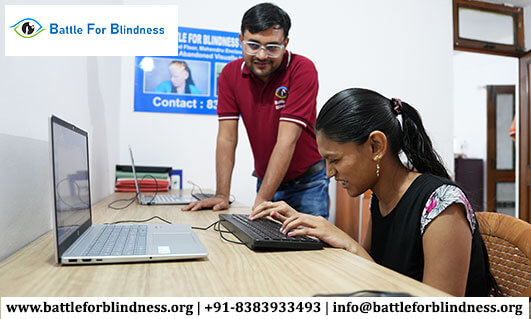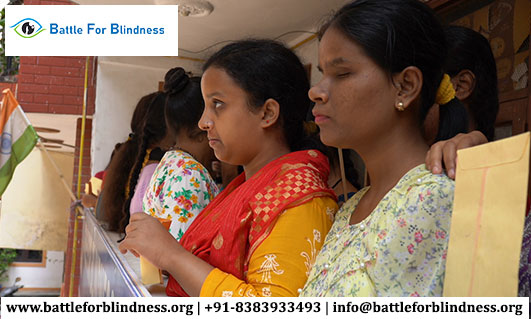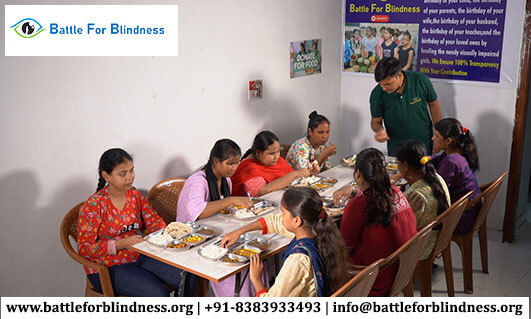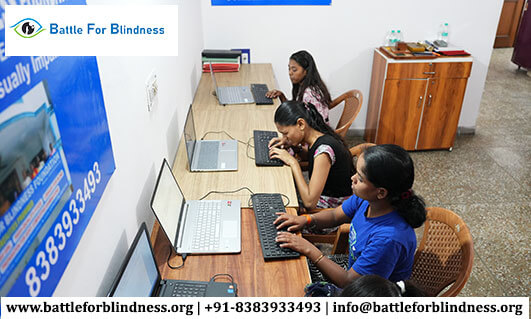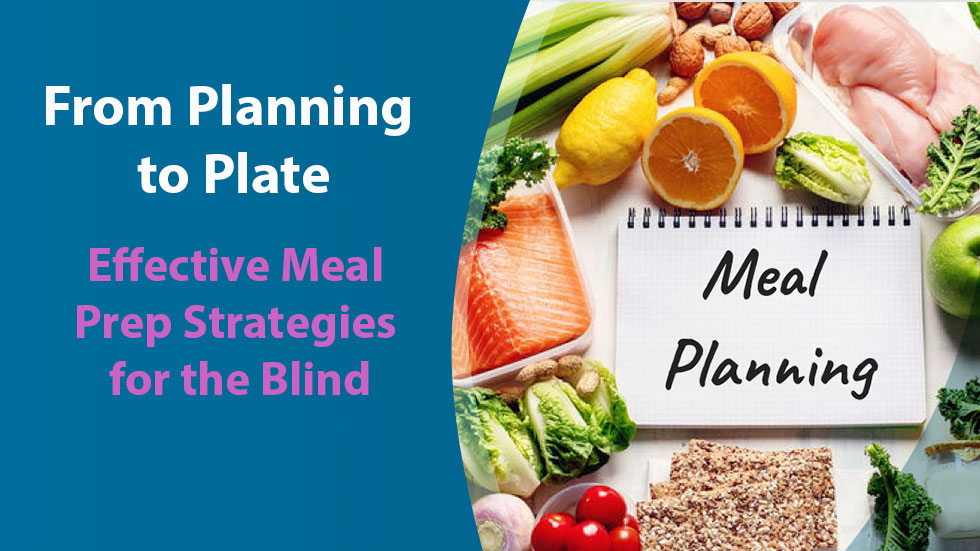
Meal planning and preparation can be daunting tasks, especially for blind individuals. However, with the right strategies and tools, it can become a manageable and enjoyable part of daily life. Here are some effective techniques to help blind individuals plan and prepare meals confidently.
1. Organizing the Kitchen
A well-organized kitchen is crucial for efficient meal preparation:
- Designate Specific Areas: Assign specific locations for different food items and cooking tools. For instance, keep all spices in one area, utensils in another, and pots and pans in a dedicated cupboard.
- Use Tactile Labels: Label containers and pantry items with Braille or tactile markers. This helps in quickly identifying ingredients without needing assistance.
2. Creating a Meal Plan
Meal planning helps save time and reduce stress:
- Weekly Meal Planner: Create a simple weekly meal planner that outlines meals for each day. This can include breakfast, lunch, dinner, and snacks.
- Involve Technology: Use apps designed for meal planning that are accessible to blind users. Many apps allow users to create shopping lists and find recipes easily.
3. Developing a Recipe Database
Having a collection of accessible recipes is beneficial:
- Maintain a Recipe Book: Create a personal recipe book with Braille or audio descriptions. Include details like cooking times, ingredient lists, and step-by-step instructions.
- Explore Cooking Apps: There are various apps that provide recipes with audio instructions, making it easier to follow along while cooking.
4. Utilizing Assistive Tools
Assistive devices can enhance the cooking experience:
- Adaptive Kitchen Tools: Invest in adaptive utensils, such as measuring cups with tactile indicators, cutting boards with raised edges, and knife guides to enhance safety.
- Talking Kitchen Appliances: Use appliances with audio feedback, like talking scales or timers, which can provide audible cues during cooking.
5. Establishing Safe Cooking Practices
Safety is paramount in the kitchen:
- Use of Scent and Sound: Familiarize yourself with the sounds and scents of cooking processes. For example, the sound of boiling water or the smell of sizzling oil can signal important cooking stages.
- Stay Organized While Cooking: Keep the cooking area tidy and organized to prevent accidents. Use tactile markers to indicate where certain items are located.
6. Engaging in Meal Prep with Others
Involving friends or family can enhance the experience:
- Cook Together: Organize group cooking sessions where blind individuals can collaborate with sighted friends or family. This promotes social interaction and shared learning.
- Cooking Classes: Consider joining a cooking class designed for blind individuals. These classes can provide valuable skills and techniques in a supportive environment.
7. Shopping for Groceries
Effective grocery shopping is vital for successful meal preparation:
- Create a Shopping List: Utilize accessible apps to create shopping lists based on your meal plan. This helps ensure that all necessary ingredients are purchased.
- Explore Local Options: Familiarize yourself with local grocery stores, and consider shopping at times when they are less crowded to make the experience less overwhelming.
Conclusion
Meal planning and preparation can be empowering activities for blind individuals when approached with the right strategies. By organizing the kitchen, creating a meal plan, utilizing assistive tools, and engaging with others, cooking can become an enjoyable and fulfilling part of daily life. With practice and confidence, blind individuals can develop their culinary skills and embrace the joy of cooking and sharing meals with family and friends.
